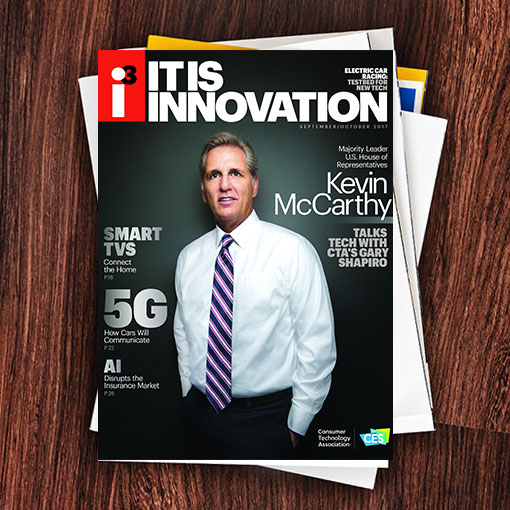Actually, the companies making devices — phones, tablets, laptops, smart TVs, “sticks” (like Chromecast or Fire) — cannot test every combination. Instead, they estimate which combinations are most important or likely to be used, then test for those. Manufacturers discuss the technical specifications with content providers, then engineering teams integrate and test for the most necessary combinations. These are the ones that light up the screen when you turn on the device.
The result is that the devices cannot be entirely consistent in how they support the many possible services. On the content side, service providers know that target devices have these inconsistencies, so they create multiple versions of the same content for multiple “platforms.” Imagine a version of Wonder Woman that is formatted to work on iPhones, another version set for Samsung TVs, and yet another version for those Android phones. It’s a bit of a nightmare.
In between the content companies (sources) and devices (destinations), more elements to this infrastructure deal with getting from the source to the destination. Software companies, chipmakers, content delivery networks, transcoding services, the list goes on. And all of these companies are struggling with their role in this fragmented OTT ecosystem.
The WAVE Project is working on a common, interoperable approach that can work on all devices to make everyone’s OTT life easier. The WAVE Project will lead to solutions that are tested, interoperable and predictable. A consistent approach will lower development costs, raise reliability, and enable new products and services to come to market. WAVE is about consistently using the best standards and providing usable test suites to verify those standards. The WAVE Project is global and working with the regional and international standards bodies that are critical to OTT, including broadcasting groups like ATSC and HbbTV. Participants in WAVE are seeing the future, in terms of the requirements, procedures and test suites under development.
The WAVE Project doesn’t create new “core” standards for things like video compression or delivery. Instead, WAVE is specifying how to use the best — and best supported — modern standards. The core standards for adoptive bit rate streaming are Apple HLS and MPEG-DASH. MPEG, Common Encryption, MPEG-CENC, is used to pass critical information about the encryption used, from the source to the device. Streams are packaged in MPEG-CMAF format. On the device side, WAVE uses an HTML5 API framework as a reference (handy for providing test suite materials) but doesn’t require it; HTML5-MSE and HTML5-EME are the W3C Recommendations key to this functionality along with the rest of the HTML suite.

i3, the flagship magazine from the Consumer Technology Association (CTA)®, focuses on innovation in technology, policy and business as well as the entrepreneurs, industry leaders and startups that grow the consumer technology industry. Subscriptions to i3 are available free to qualified participants in the consumer electronics industry.